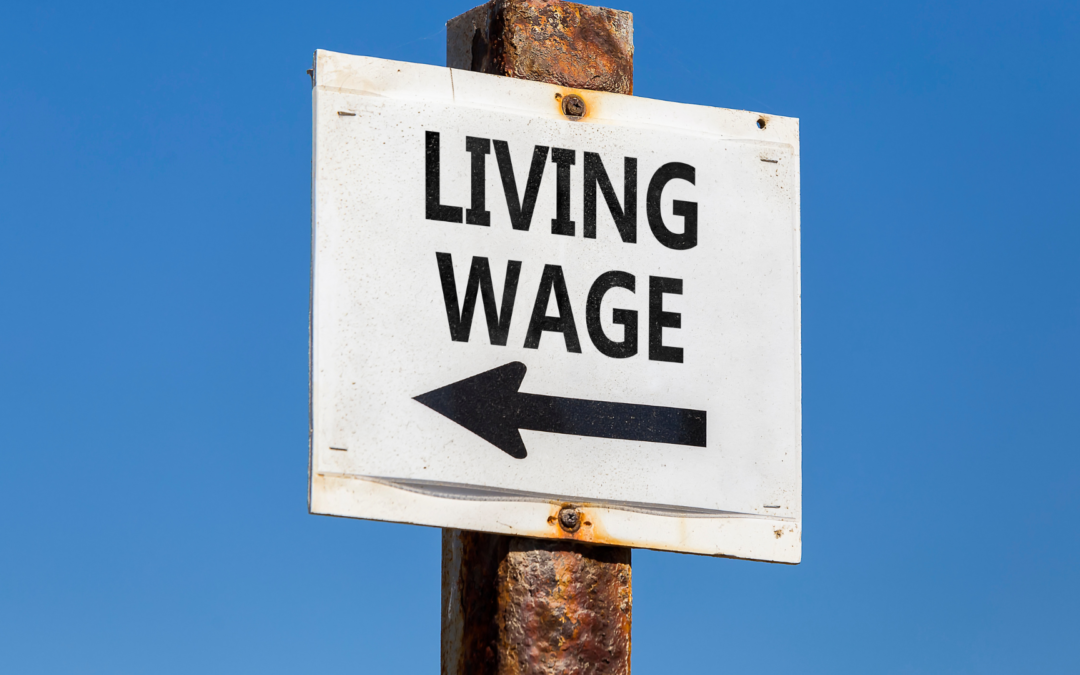The Living Wage Foundation has announced the next increase in the real Living Wage will be brought forward to September 2022 in a response to the cost-of-living crisis. But how will this affect you?
What is the real Living Wage?
The real Living Wage (RLW) was set up by the Real Living Wage Foundation. It’s the only UK wage rate based on living costs, so it’s taken on an even higher profile recently as living costs have been shooting up.
Around 10,000 UK businesses have signed up to pay the RLW. While these tend to be big household names, they don’t have to be. Any business can become RLW accredited. You can find a full list of RLW accredited employers here.
Is the real Living Wage compulsory?
No. Businesses that become accredited by the RLW Foundation commit to paying the RLW. Unless you’re accredited, you don’t have to pay it (although there’s nothing to stop you paying the wage and not seeking accreditation if you really want to). Once you’re accredited, you’ll need to keep wages in line with the RLW otherwise you’ll risk losing your accreditation.
Are the real Living Wage and the National Living Wage the same thing?
No. And the National Minimum Wage is a third wage rate to throw into the mix. Here’s how they differ.
The National Minimum Wage (NMW) applies to staff who are 21 and over. It’s compulsory. The NMW is currently £9.18 per hour.
The National Living Wage (NLW) applies to employees who are 23 and over. It’s also compulsory and is currently £9.50 per hour. Unlike the NMW, it’s based on average earnings. The NMW isn’t overtly driven by data at all – it’s a negotiated position between government, businesses and unions.
Once you sign up to it, the real Living Wage applies to all staff aged 18 or over. It’s calculated based on the cost of living and is currently £9.90 per hour and £11.05 in London. The NLW is the only wage rate with London weighting.
Why is the RLW increase happening in September?
The real Living Wage affects low paid workers. Low paid workers are also most affected by the current levels of inflation. The Living Wage Foundation brought forward this year’s pay rise (from its traditional November slot) to help more of the people who need it most access it sooner.
As the Government’s Rising Cost of Living in the UK report explains, between April 2021 and April 2022, “domestic gas prices increased by 95% and domestic electricity prices by 54%”, driven by post-pandemic consumer demand, supply chain bottlenecks and more. The war in Ukraine compounded the problems and the Bank of England expects inflation to remain above 9% into 2023, before dropping back to a (still substantial) 3.6% by the end of 2023.
As the NLW is based on consumer prices, employers can expect the September increase to reflect this. If you are currently paying – or about to start paying – the NLW, you’ll need to factor increased payroll costs into your planning now.
One way to find the financial ‘wriggle-room’ to pay increasing wages is by outsourcing your payroll, freeing resource to focus on fee-earning work.
To find out how we could help you, talk to our payroll services team.

